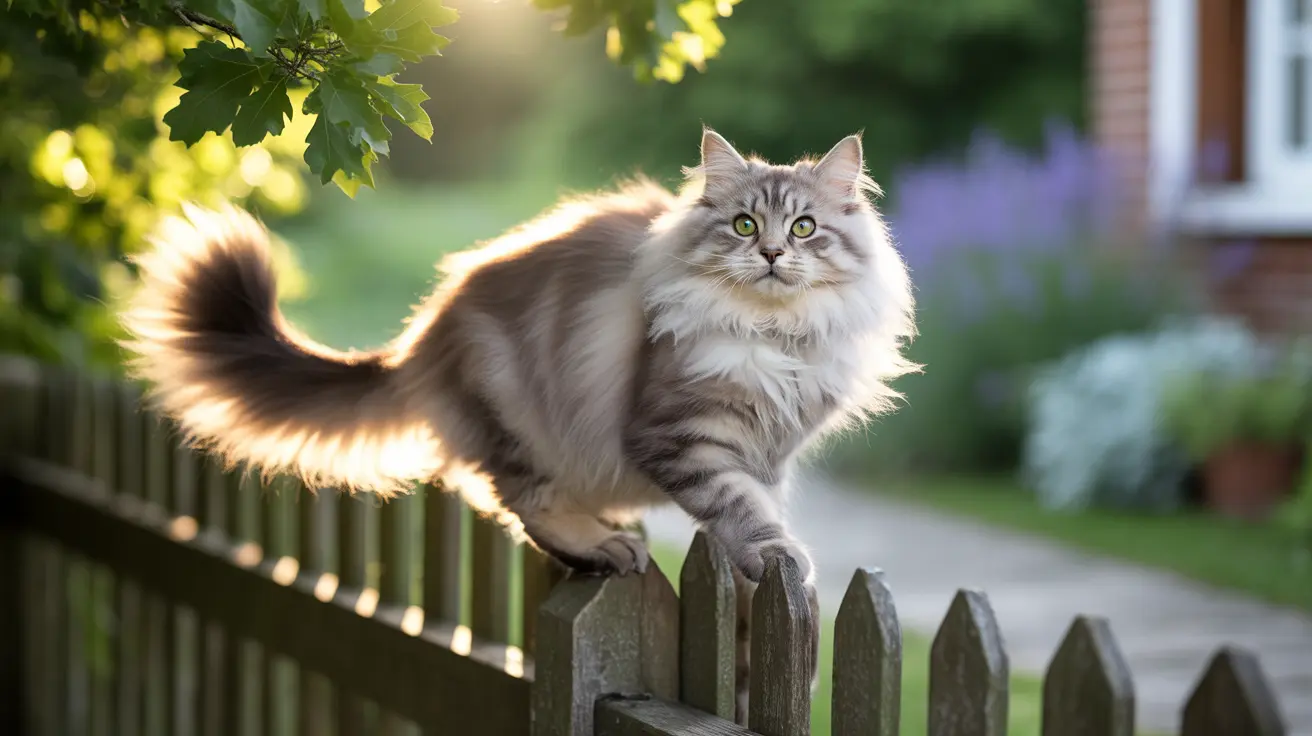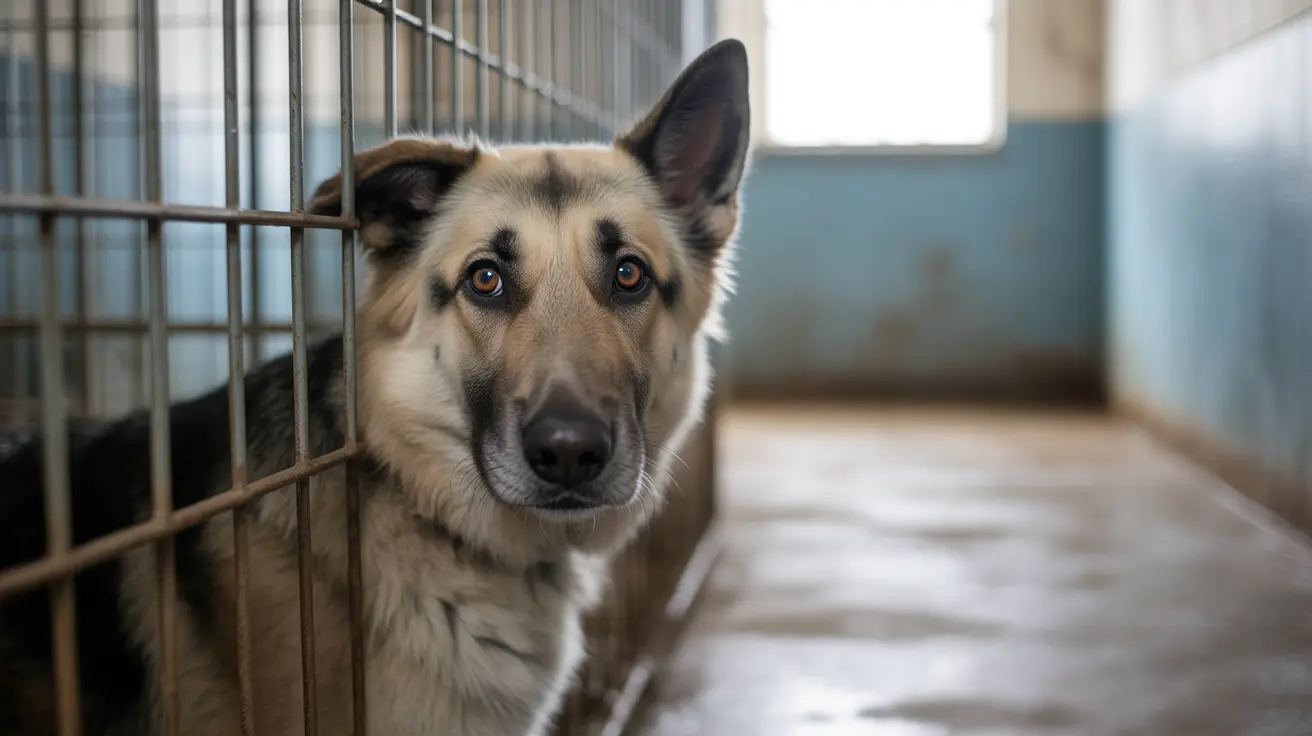Cats' tails are fascinating appendages that serve multiple crucial purposes in their daily lives. These elegant extensions of their spine are far more than just decorative features – they're sophisticated organs that play vital roles in balance, communication, and survival. Let's explore the fascinating world of feline tails and understand why these remarkable appendages are so important to our feline friends.
The Anatomy of a Cat's Tail
A cat's tail is an intricate structure composed of 19-23 vertebrae, representing approximately 10% of all the bones in a cat's body. This flexible extension of the spine is wrapped in layers of powerful muscles, sensitive nerves, and blood vessels, all protected by fur-covered skin. The complex muscular system allows cats to have precise control over their tail movements, enabling them to use this appendage for various purposes.
Balance and Movement
One of the primary functions of a cat's tail is maintaining balance. Acting as a natural counterweight, the tail helps cats perform impressive acrobatic feats with remarkable precision. When walking on narrow surfaces like fences or window ledges, cats use their tails to maintain equilibrium by making subtle adjustments to their center of gravity.
During jumps and falls, the tail becomes even more crucial. Cats use their tails as rudders to steer their bodies mid-air, contributing to their famous ability to land on their feet. This "righting reflex" is particularly important for their survival in both wild and domestic environments.
Communication Through Tail Positions
A cat's tail serves as a sophisticated communication tool, expressing a wide range of emotions and intentions. Different tail positions and movements can convey specific messages to both humans and other animals:
- Tail held high with a slight curve: Confidence and friendly greeting
- Puffed-up tail: Fear or aggression
- Low or tucked tail: Submission or illness
- Slow side-to-side movement: Focused attention or mild irritation
- Quick twitching: Excitement or hunting mode
The Role of Tails in Hunting
In hunting situations, a cat's tail provides crucial balance and stability during stalking and pouncing. The tail helps them maintain perfect equilibrium while crouching and preparing to spring forward, ensuring maximum accuracy when catching prey. Even domestic cats display these instinctive behaviors during play.
Medical and Health Considerations
The health of a cat's tail is vital to their overall well-being. Injuries to this sensitive appendage can cause significant pain and affect a cat's ability to balance and communicate effectively. Any sudden changes in tail position or movement patterns should be evaluated by a veterinarian, as they might indicate underlying health issues.
Frequently Asked Questions
Why do cats have tails, and what are the main functions of their tails?
Cats have tails primarily for balance, communication, and emotional expression. The tail helps them maintain equilibrium during complex movements and serves as a vital tool for expressing their moods and intentions to other animals and humans.
How do cats use their tails to communicate their emotions and moods?
Cats communicate through various tail positions and movements. An upright tail typically indicates happiness or confidence, while a puffed-up tail signals fear or aggression. Slow waving can indicate focus or irritation, and a tucked tail often means submission or discomfort.
What happens if a cat's tail is injured or cut off—can they still balance and express themselves?
While cats can adapt to life without a tail, they may experience initial balance challenges and changes in their ability to communicate effectively. Most cats learn to compensate for tail loss, but their agility and social signaling capabilities may be somewhat diminished.
Why do cats puff up their tails, and what does it mean when their tail is twitching or waving slowly?
Cats puff up their tails as a defensive mechanism to appear larger when frightened or threatened. A twitching tail typically indicates excitement or hunting focus, while slow waving can signal concentration or mild annoyance.
How does a cat's tail help with balance during activities like climbing or jumping?
The tail acts as a counterweight during climbing and jumping, helping cats adjust their center of gravity. It's particularly important for maintaining balance on narrow surfaces and assists in the righting reflex when falling, allowing cats to land on their feet.
Conclusion
A cat's tail is an extraordinary multifunctional organ that plays essential roles in balance, communication, and overall feline behavior. Understanding tail positions and movements can help cat owners better interpret their pets' needs and emotions, leading to stronger bonds between humans and their feline companions.






